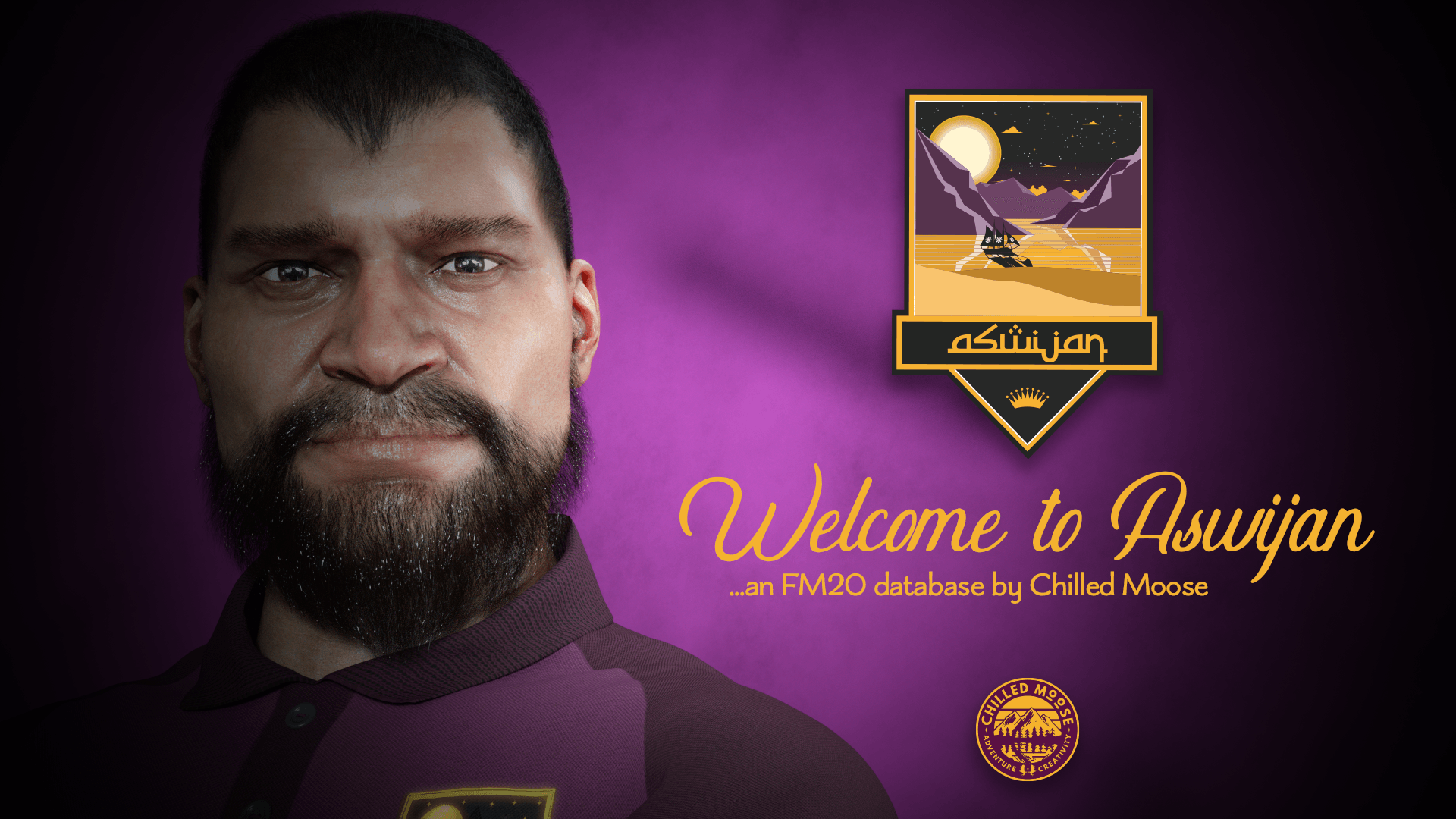
FM20 Welcome to Aswijan – Brand New Country, Whole New Challenge
Welcome to Aswijan
FM20 Welcome to Aswijan – Brand New Country, Whole New Challenge. A completely fictional Football Manager custom database that leaves little too the imagination. Without further a do, I will pass this over to Laura who will tell you everything there is to know about Aswijan.
I’m Laura, AKA Chilled Moose and I’m responsible for the creation of the Aswijan (pronounced ‘azwIjan or ‘Az-wee-jan’) database. To start, here is an outline of what this project contains.
This project started in April 2018 and I’m delighted to be bringing it to you for FM20. Aswijan is an entirely fictional country added to FM 20 (and previously FM19) with 3 new leagues, 3 cup competitions, youth leagues and ability to play in the Champions League, Europa League and international competitions with Aswijan.
I have attempted to make Aswijan as complete a database as possible, 64 new clubs, new regions and states, multiple weather systems, cities and towns, a new language, unique culture, training grounds & academy’s, rivalries & derbies, league and cup histories, favourite players and club legends, financial challenges, youth development specialists, powerhouse clubs, fan owned clubs, new sports clothing brands, over four thousand players and one thousand five hundred staff added individually, badges, kits and graphics for every team and some individual player and staff faces and more.
A brief history of Aswijan
Aswijan is an island country situated off the west coast of south-west Europe. The country is roughly 50,000sq kilometres and has a population of approximately 32m (approx. 26m live in the cities and towns and another 6m in the countryside and villages).
Picture: Aswijan situated in the Atlantic of the cost of Spain and Portugal
In the 13th century Aswijan was conquered by the Spanish but achieved independence in the early 15th century and has been a sovereign nation ever since. After fighting with the allies in WWII they went through a period of recovery, however corruption and bribery stifled its economic recovery and the people began to starve. King Angwin, the incumbent leader proceeded to shut down civil liberties, forcing the country into more destitution and unrest began to spread through the country.
In 1949 the more liberal Morcant, Abalde and Barayena ruling families joined the Kaduqni movement (see the Kaduqni section for more information) to form the Uniore militia and declared war against King Angwin and his forces. The civil war continued until 1953, with the Uniore defeated.
King Angwin continued to rule over the country but struggled with infighting and corruption, becoming more and more extreme in his policies. The period of civil unrest continued, with skirmishes between the Uniore militia and the Royal forces continuing until 1959. When, with the King in failing health and without allies, a coup d’etat organised by the Kaduqni’s installed a popular, high profile, forward thinking figure from the Morcant dynasty, Nimah Morcant. As ruler she began to set about changing the political structure of the country.
Picture: HRH Queen Nimah Morcant
Since this period the country focused on addressing the poverty by investing heavily in new technology and new resources, improving its farming and resource infrastructure and distributing wealth to the other states across the country away from the capital Aswijan City.
The strategy paid off and over the last sixty years Aswijan has become a very wealthy, self-sufficient economy, leaders in high-tech exports and more recently renewable energy resources.
A history of football in Aswijan
Due to the economic upturn of the last sixty years, the additional wealth helped fund a new wave of investment in sport and leisure activities across the country. The newly crowned Queen Nimah stated publicly she was an avid football fan and as a result the popularity of the sport increased across the country. The Aswijan department for sport focused on Football as its national sport and began plans to use the sport to help with national identity and international reputation.
Though the Liga Regale, the country’s most prestigious competition and a number of football clubs existed across the country, the new found popularity of the sport meant that during the 60’s, 70’s and 80’s plans were set afoot for new clubs to form. State loans were offered as an incentive to build new stadiums, invest in youth academies and sport centres. In turn, the hope was to improve the countries competitiveness on the international football stage.
Having risen swiftly through the Fifa rankings the nation now has a pool of competitive clubs but in particular two powerhouse clubs, who are able to compete for continental prizes. The first Aswijan Malikiy (‘Malikiy’ meaning ‘Royal’) and Aswijan Siti, The People’s Club (not to be confused with People’s Club Manouza or Ajqab – see People’s clubs section).
Queen Nimah stated that her dream is to see the Aswijani national team, nicknamed the ‘Purple Panthers’ lift the World Cup and bring sporting glory to the nation, however at the age of 89 time is swiftly running out for her to see her dream become true.
Selected Club Information
Aswijan Malikiy and Aswijan Siti
Historically, Aswijan Malikiy is the most successful team in Aswijan, having never been relegated, over the last 20 years they have won 15 Liga Regale titles, 10 Copa Populares and 10 Copa Azores.
Established on 17 September 1894 it was bestowed with the Royal crown of Aswijan and bares the Royal colours of Tyrian purple and gold, hence their nickname is El Errege or ‘The Royals’.
Picture: From left to right, Aswijan Malikiy home kit, away kit, third kit.
The club boasts strong financial power and having had a long established academy and world class training facilities, they boast some of the country’s finest players. A selection of the clubs current stars include Gallio Merula(GK), He Cheng (W) and Joel Ashenhurst(CB).
The Aswijan Malikiy senior men and women’s teams play their games at the 100,000 all-seater stadium the Malikiy Stadio, completed building in February 2018. The stadium contains a hotel and entertainment district. However, the national mandate for all new buildings to be carbon neutral, open space and parks were built to offset its carbon footprint.
Picture: The Malikiy Stadio, Aswijan City, Aswijan
On the 27th September 1894, ten days after Aswijan Malikiy, Aswijan Siti was officially inaugurated by a group of local business owners. Wanting to compete with the Malikiy club and establish a football team in the south of the city, the club set about building connections with the rest of the state and has established links with Neim and Ashab United. Due to the popularity of the club, historic competitive and geographic rivalries, Aswijan Siti play some of the most high profile derbies in the country, including the Aswijan Derby (vs Aswijan Malikiy), Vanhu Derby (vs Aldaia), Kutyora Derby (vs Sporting Club Marrador), Batatwa Derby (vs Marrador FC) and the Nhovo Derby (vs Talat).
Over the last 20 years Aswijan Siti have won 4 Liga Regale titles, 4 Copa Populares and 3 Copa Azores. They have never been relegated from the Liga Regale.
Aswijan Siti are also considered to have world class facilities and have a plethora of talent in their current squad, namely Bodi Patriksson (CB), Elpidio Hoffman (MC) and Victor Pentilla (MC). Most recently, Aswijan sport named Sasa Zadeh as the player to watch for Aswijan’s future star.
The club had a new stadium, Estadio Sunaren, completed in March 2018. The stadium has a capacity of 80,000 with state of the art facilities and it was built on the southern Gallcot area of the city, 1.6 miles from the previous 40,000 stadium Estadio Thuilia.
Picture: Estadio Sunaren, Aswijan City, Aswijan
Support for each club varies in Aswijan City, however it is generally understood that if you are from the south you support Malikiy and the north the Siti. The two clubs are the most popular in the country today and have a large international following.
Picture: Aswijan State
Though not initially established as a people’s club, Aswijan Siti became a symbol of the general population due to their high profile rivalry with the Malikiy club and the popularity of the club during the difficulties in the 1940s and 1950s, gaining the nickname Al Askatasuna or ‘The Freedom’. The club plays in Aswijan green, red and white.
Picture: Aswijan Siti from left to right home, away and third kit
Marrador Football Club
Often seen as the ‘Capital of the West’ Marrador also boasts an extremely popular club, Marrador Football Club. Established in February 1930, the club had a stuttering start due to WWII but quickly established its popularity in its home state of Quareshi.
Picture: Quareshi, Aswijan
The club plays their home games at the 75,000 seater Stadio de Galaxia and has some of the best facilities in the country. They have not won a Liga Regale title in the last twenty years but have won the Copa Populare and Copa Azore twice.
The club’s current crop of stars are viewed as some of the strongest in their history, with Kareem Chardin (ST), Bastiano Ruperto (MC) and Zamani Kalonda (CB) as some of their standouts.
The club plays in teal, black and white.
Picture: Marrador FC from left to right home, away and third kit
Picture: Stadio de Galaxia, Marrador, Aswijan
Hesef Kaduqni
Hesef Kaduqni is one of the most popular clubs in Aswijan due to its ties with kaduqni movement in the 40s and 50s across Aswijan. Hesef, situated in the south of the in the central state of Sanders is the state’s capital and is considered the Bohemian centre of the country.
Although the club wasn’t established until 1965, the Hesef Kaduqni community centre on which it was built was the first Kaduqni in the history of the country (see Kaduqni’s for more information) which sparked the revolution that resulted in the change of regime. The club were very popular during the 80s and 90s but had success in the Copa Populare in 2000 and were runners up in 2001.
In recent years Hesef suffered a series of unfortunate occurrences that meant they lost their financial backing, firstly a flood that hit the port city meant their training facilities and youth academy had to be abandoned, then poor handling of transfers to key players when the club needed to raise funding sent the club into financial difficulties and the results began to suffer on the pitch. Now in the third tier of Aswijani football they are considered a ‘sleeping giant’, however they have multiple debt issues and a squad bereft of talent.
Hesef currently plays at the 45,000 capacity Stadio Dŭlgo Lodka and whilst once considered one of the best clubs for producing talent in the country their facilities have now fallen into disrepair and are in need of heavy investment.
Picture: Sanders, Aswijan
Picture: Stadio Dŭlgo Lodka, Hesef, Sanders, Aswijan
The club’s nickname is The Vikings and sport a Viking horse as their crest. The club plays in green, gold and white.
Picture: Hesef Kaduqni kits from left to right, home, away and third
Other notable club mentions
Hadria FC
Hadria FC is one of the most successful clubs in Aswijan history. They play at the Maleab Ras Alsatr a 57,000 seater stadium in the east of the city and have challenged for the title over the last twenty years, but have fallen short due to the domination of the Aswijan City clubs.
Picture: Maleab Ras Alsatr, Hadria, Arishma, Aswijan
The west coast city of Hadria has three clubs playing in the top two tiers of Aswijan football, Hadria FC is considered the largest with the greatest support. Hadria Oskat (‘Oskat’ meaning ‘town’) established in 1900 in the old town part of the city play in the Liga Principale, the Aswijan second tier as do Hadria Kaduqni, formed by a Kaduqni alliance.
Hadria Kaduqni, know formerly as formerly Hadria Athletik Club (Hadria AC), adopted the Kaduqni name during the revolution.
Hadria Football Club, due to the competitive history of the club have strong rivalries with Aswijan Malikiy and Aswijan Siti, including the electric Kurwa derby versus Aswijan Malikiy that originally followed the week after Kurwa festival (Festival of Sound) hosted every year in Hadria. During the match both sets of fans compete with songs and athems, setting off flairs and displaying Tifo’s in order to try and intimidate the opposition.
Picture: Hadria Fans at Stadio di Smeraldo, Sidi in 2012
Picture: Arishma, Aswijan
Aldaia
Considered the team that will fill the ranks of the Aswijani National team in near future, Aldaia are a club on the up. Led by the enigmatic Roodra Jimenez the club has a team full of young top quality players such as Norberto Kabange (MC), Jordan Campbell (CB) and Abelgardo Prieto (AMC).
The city of Aldaia is situated in Manchu and is famous for having ‘The Divide’ of the River Moudia where it bifurcates into two, running through the centre of the city.
Other Kaduqni clubs
There are seven Kaduqni clubs in total: Berche Kaduqni Von 1908 (Liga Principale), Hadria Kaduqni (Liga Principale), Awjizirbu, Rabaqa, Lakhra, Hesef, and Anorora who all play in the Liga Dukh (see league and cup structure for more information). Other clubs across Aswijan have affiliations with Kaduqnis and most clubs run outreach programmes through their organisations.
People’s clubs Ajqab & Manouza
People’s clubs are fan owned clubs (FOC) they took the community membership model common across mainland Europe and applied it to the two Aswijani teams. Both clubs have strong ties with the Kaduqni movement but are not specifically Kaduqni run or associated.
When the teams meet the derby is called Populare derby (people’s derby) and marks the community spirit of both clubs.
League and Cup Structure
There are three leagues and three cups to play for in Aswijan, however one cup is only available to Liga Dukh teams.
The leagues are the Liga Regale (1st), Liga Principale (2nd) and Liga Dukh (3rd – Pronounced ‘doo-kh’ not ‘Duck’). The Liga Regale comprises of 18 teams with the club in first declared champions and the bottom two clubs relegated to the Liga Principale. Teams in 2nd and 3rd qualify for the Champions League 3rd Round Playoff and 4th & 5th qualify for the Europa League playoff rounds and 6th for the Intertoto cup.
The Liga Principale comprises of 22 teams, with the top declared Champions and automatically promoted and the 2nd-5th teams entering a playoff. The winner of the playoff gains promotion. The bottom three clubs are automatically relegated to the Liga Dukh.
The Liga Dukh has automatic promotion for the top two teams, with the club in 1st declared champions. Clubs from 3rd to 6th will enter a playoff for promotion.
The cups consist of the Copa Populare, the people’s cup, the most prestigious cup competition in Aswijan which is a strait knockout competition between all clubs in Aswijan. Similarly is the Copa Azore which is less prestigious and a newer competition designed to help with squad rotation.
The last cup is exclusive to the Liga Dukh clubs and is played in a league format for the first round and then a knockout stage.
All of the cups start pre-season with the finals at the end of the season post-Christmas break.
Aswijan Geography and Culture
The country is known for its all-encompassing climates which range from barren tundra’s, golden desert, rain forests and rolling hills, giving unique climate challenges to face during the season. Note: Yes, this is totally unrealistic but it’s for fun.
Picture: Aswijan state borders (full map available in link provided)
Through the centre of Aswijan runs the Moudia River, which separates the freezing northern climates with the hotter southern climates. However the east is considered more wet and humid while the west is hotter and drier.
See the Aswijan intro for more details but here is an overview of the states.
Of the nine states, the highest population is the vastly Mediterranean, Aswijan state, which boasts almost 9.5m people. 6.8m of these live in the country capital of Aswijan City whilst the cities of Khaliza and Ozakrik have half a million each. Other major cities in Aswijan State include, Ajqab, Anorora, Ashab, Kasra, Neim, Tarac and Tebourzahra.
Bordering the south of Aswijan State is the state of Arishma, a hot and dry climate defined by its desert the Gelée. Temperatures here can easily exceed 40 degrees Celsius in summer and the nights can drop to below freezing. The states capital is Sorrun and the other major cities include Aragha, Azzibira, Hadria and Sidi.
Further central is Kawachi, a semi-arid state that experiences hot summers and cold winters. It’s from here that the river Moudia starts its journey across the land and though it’s the most sparsely populated state with under half a million people it’s major cities include Al Fari, the state capital, Ben Garres and El Miher.
Picture: Kawachi, Aswijan
Kawachi’s eastern border is shared with Sanders, a highland region. Here the Dômes d’Antonnet mountain range follows the fork of the Moudia and creates a natural border with the north and east. The state capital is Hesef and other major cities include Akmene and Khnides.
To the north of Sanders is the humid continental state of Manchu. This is the heart of the countries food production and another mountain range, the Gennennois, borders the north protecting it from the worst of winter.
The state also controls the Amisiti T’atochi (or the five finger islands) and the Rihat islands which have a wetter more defined seasons. Aldaia, the state capital has a population of 2.4m and its other major cities include, Awjizirbu, Bennaria, Berche, Chelbah, El Hamjar and Wabani.
Picture: Manchu, Aswijan
The most northerly state is the cold and barren tundra’s of Mordvinov, yet it’s natural resources and warmer spring times has meant easy occupation in the north since settlers first arrived.
Here, the state’s capital El Gena is known for its natural beauty and attracts visitors all year round. The other major cities include Manouza, Rayara, Saabni, Sejebla, Talat and Zaan.
Picture: Mordvinov, Aswijan
In the east Kortesmaki has a humid subtropical climate, similar to main land China. Vast wet forests cover the land, interspersed with smaller cities and towns including the major cities of Ain Sefras, the state capital, Chaouka, Lakhra and Qatnis.
Picture: Kortesmaki, Aswijan
The most southerly state is Qureshi, which has a milder Oceanic micro climate, similar to northern France and the UK. Here a third of the state is covered by the Siomasse Forrest, a deciduous woodland that lends its autumnal colours to the golden country. The states capital, Marrador, boasts a population of over 2.8m and other major cities include Haswara and El Zaratiy.
Finally the furthest east is the state of Elisha, which continues to be wet and warm all year round. Most of the state is covered by the dense Marinna rainforest but like everywhere else in Aswijan the people cling on and Elisha hosts a healthy population. The states capital is Bahyid and the other major cities include Mufala, Ouarrik, Qashid, Rabaqa, Uswana and Zagora.
Picture: Elisha, Aswijan
Note – All of these weather systems will have an effect on the games in Football Manager I will add further details and information to these pages going forward. If you have any lore ideas that might fit with the regions then send them to me and I’ll consider putting it in J.
These geographical landmarks have shaped Aswijan’s history and culture, there is a wide influence of colours and patterns that manifest in the designs of kits and other bits about Aswijan.
Oskats
Oskats are the medieval town centres or simply old towns across Aswijan. Many larger cities grew from oskats and so some clubs adopt the title in the name.
Kaduqnis
The term ‘kaduqni’ covers a part of Aswijan sub culture that has a multitude of meanings. The historic use of the word is associated with educational centres in cities, where art and music influenced culture and broader political values in their cities and country wide. In it’s broader sense it stands for the civil movement that began in the 1940s in the university district in Hesef, Sanders. Led by professors and political commentators who were unhappy with the distribution of wealth in the country, with most of the state financing going to the rich Aswijan state ruling families, in particular the King, Angwin and much of the rest of the country left in poverty. They started a revolutionary faction across these educational districts, distributing messaging asking for change and later organising demonstrations and lockdowns in order to get international attention. This led to the war and later the coup d’etat which left the Morcants in charge. Since this period the Kaduqni’s have become bohemian centres where much of the art and cultural districts are within the cities.
Aswijan Language
The Aswijan language has a unique etymological root due to its detachment to mainland Europe and long periods of peace which meant invasions weren’t common. The language originated with the native Aswijani people but due to the occupation of Aswijan by the Spanish in the last 13th to early 15th century there are some Latin/Hispanic influences on the language.
Due to the extreme nature of the states and the difficulty in moving across them before modern transport all of the states developed unique dialects that have influenced the modern Aswijani language we know today.
Aswijan sports brands
Aswijan is known for its bright use of colour and patterns, today there are five main kit manufacturers that provide the kits for the Aswijan teams.
Aswijan Sport
Aswijan State they have a plethora of clients across the country including the two Aswijan City clubs and Aldaia.
Horus Sport
Established in Sidi, Arishma in 1920 Horus actually started out making saddles and riding equipment that could survive the harsh environment in the Gelee desert. Now the second largest kit and sports equipment manufacturer in Aswijan they have a host of club bearing their emblem such as Khaliza, Mufala Malikiy, Qashid and Sporting Club Marrador.
Theory
Theory is a brand started by a group of university graduates in Dusein Kaduqni, Kawachi in the late 1990s. They are only recently moving into the sports clothing business having established the brand in clothing and accessories for the 18-35 market. They market themselves and the ‘Kaduqni’ and clubs have married this with their own outlook, Berche, Lakhra Kaduqni et al.
Polar
Polar Clothing is traditionally a winter clothing and extreme sports equipment brand, are from the Manchu region in the north of the country. Established in 1936 they have taken a lot of steps in recent history to secure some big kit contracts across the country with their brand flag shipped by local Manchu clubs such as Talat Tigers, Zaan and Manouza Academi.
Kulla Clothing
Kulla (pronounced ‘Colour’ and literally means ‘colour’ in Aswijani) was formed in the east by a group of proud Elishan’s the brand has a sense of style, with traditional colours and patterns in their branding.
That’s it for now, I will be continuing to add to this project and make it better. I hope you enjoy it please head to the following places to get the following:
Download the Aswijan Database: http://www.mediafire.com/file/k2ksq5ng3eiojks/Aswijan_Database_2020_V2.zip/file
Download the Aswijan Graphics: https://www.mediafire.com/file/null/Aswijan_Graphics.zip/file
Watch the intro: https://youtu.be/nKYTUdQpP48
Download the full Aswijan map: http://www.mediafire.com/file/l49e7hlualus84h/Aswijan_Map_v1.pdf/file
Aswijan wallpaper here: http://www.mediafire.com/file/rhuhx7i94a0zlfh/Promo1.png/file
Listen to the Aswijan National anthem courtesy of Phil Vigus here:
https://soundcloud.com/philvigus/aswijan-national-anthem-full-marching-band-final
Join the Aswijan Discord: https://discord.gg/UBRd9K3
Join my patreon here: https://www.patreon.com/chilledmoose?fan_landing=true
BUT make sure you read the Q & A section before you do. Q&As are not written for fun, they are informative and will help you. https://www.patreon.com/posts/36487460
You can follow Laura on Twitter: https://twitter.com/chilled_moose
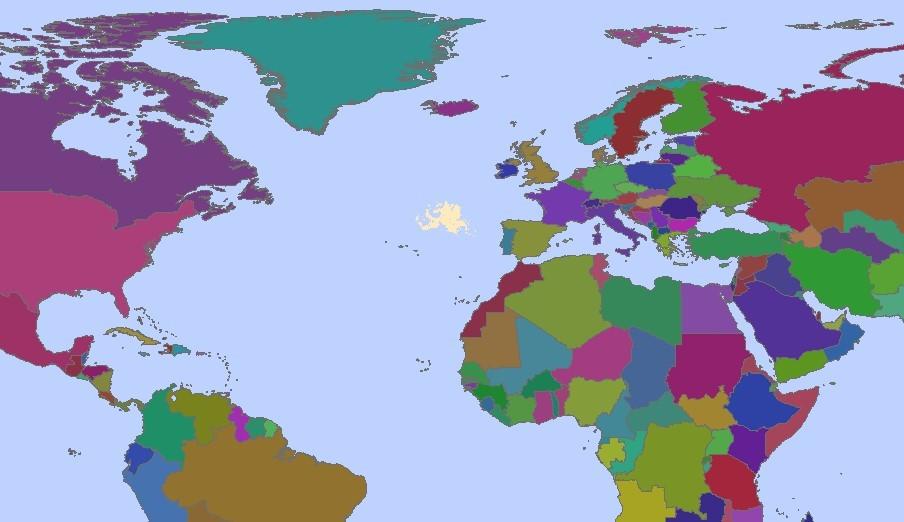

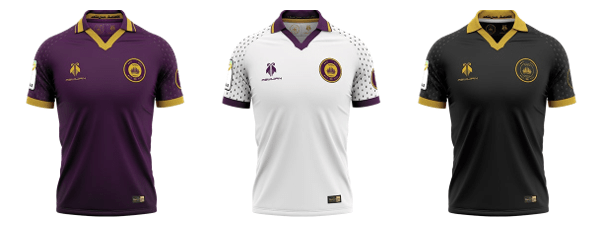

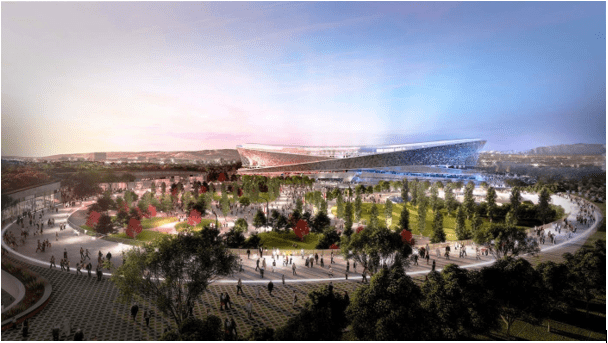

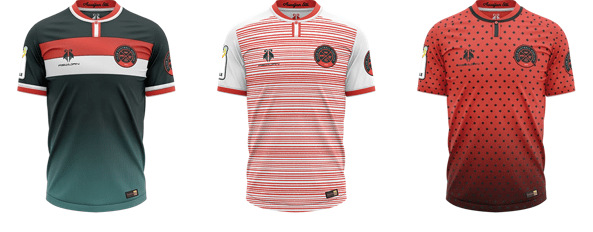
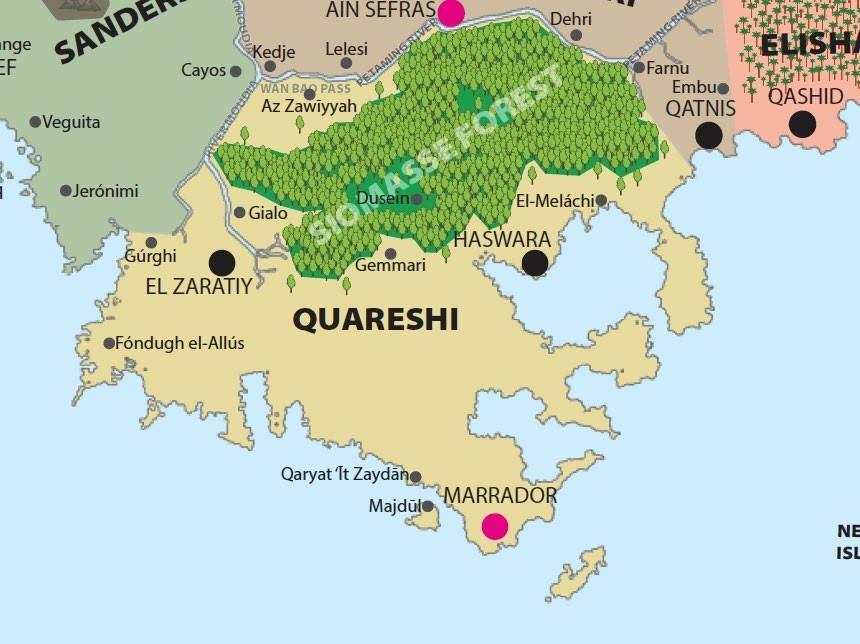

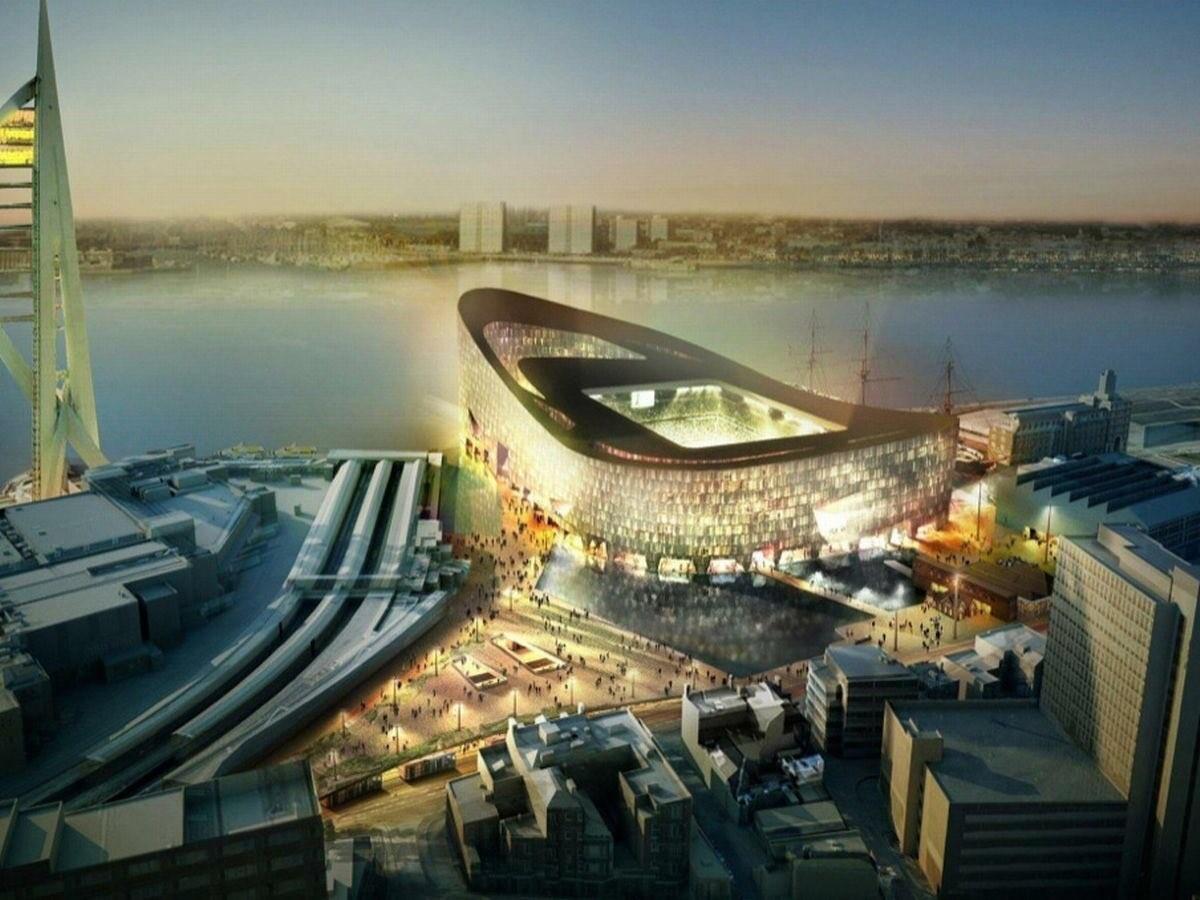
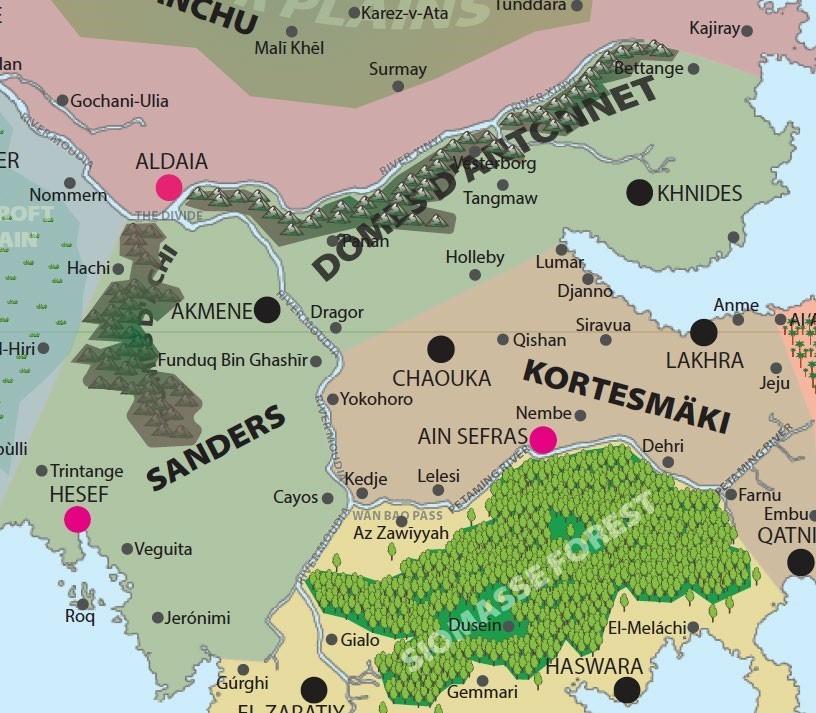
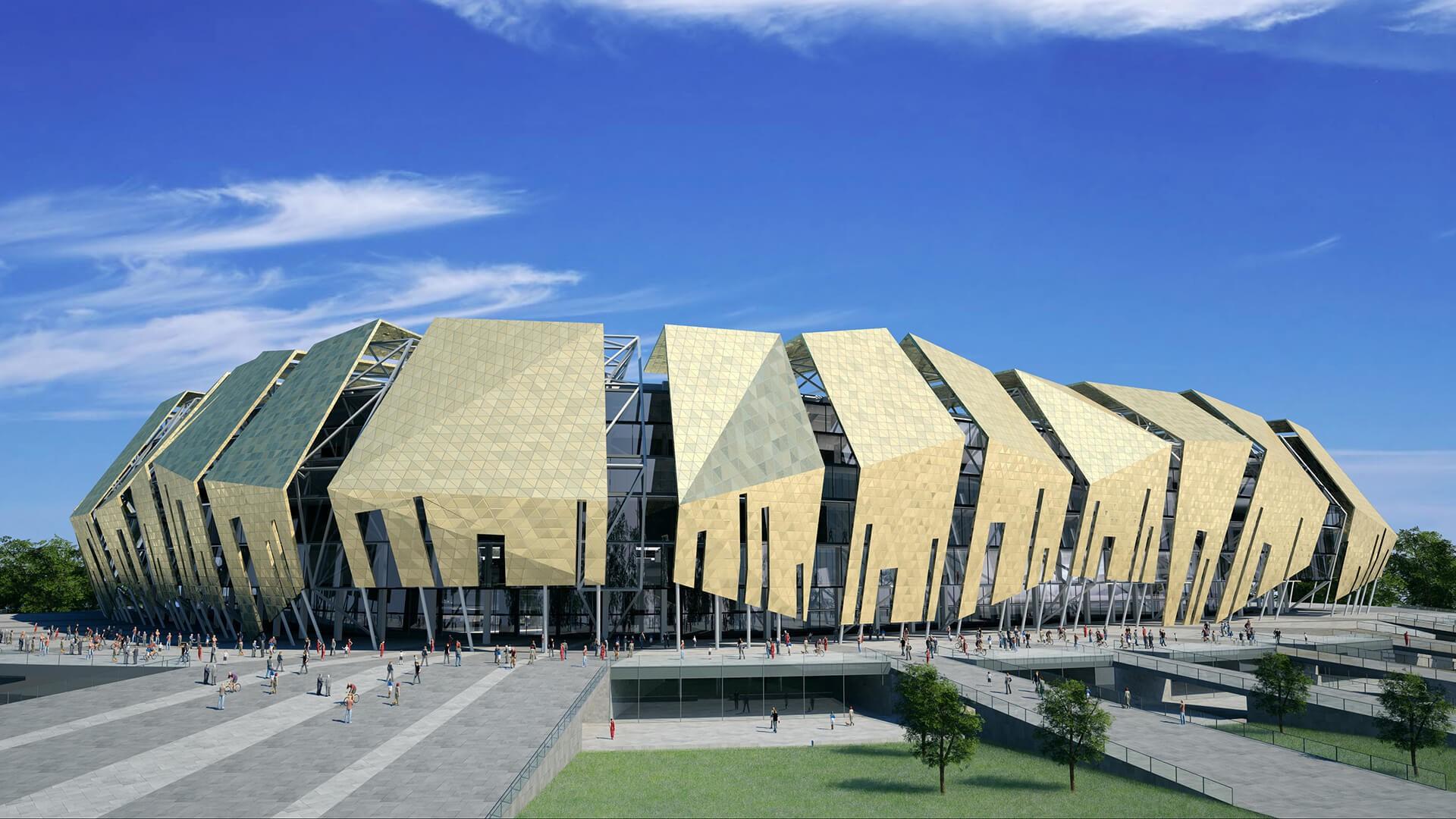
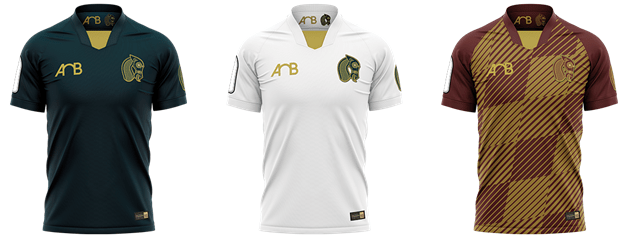
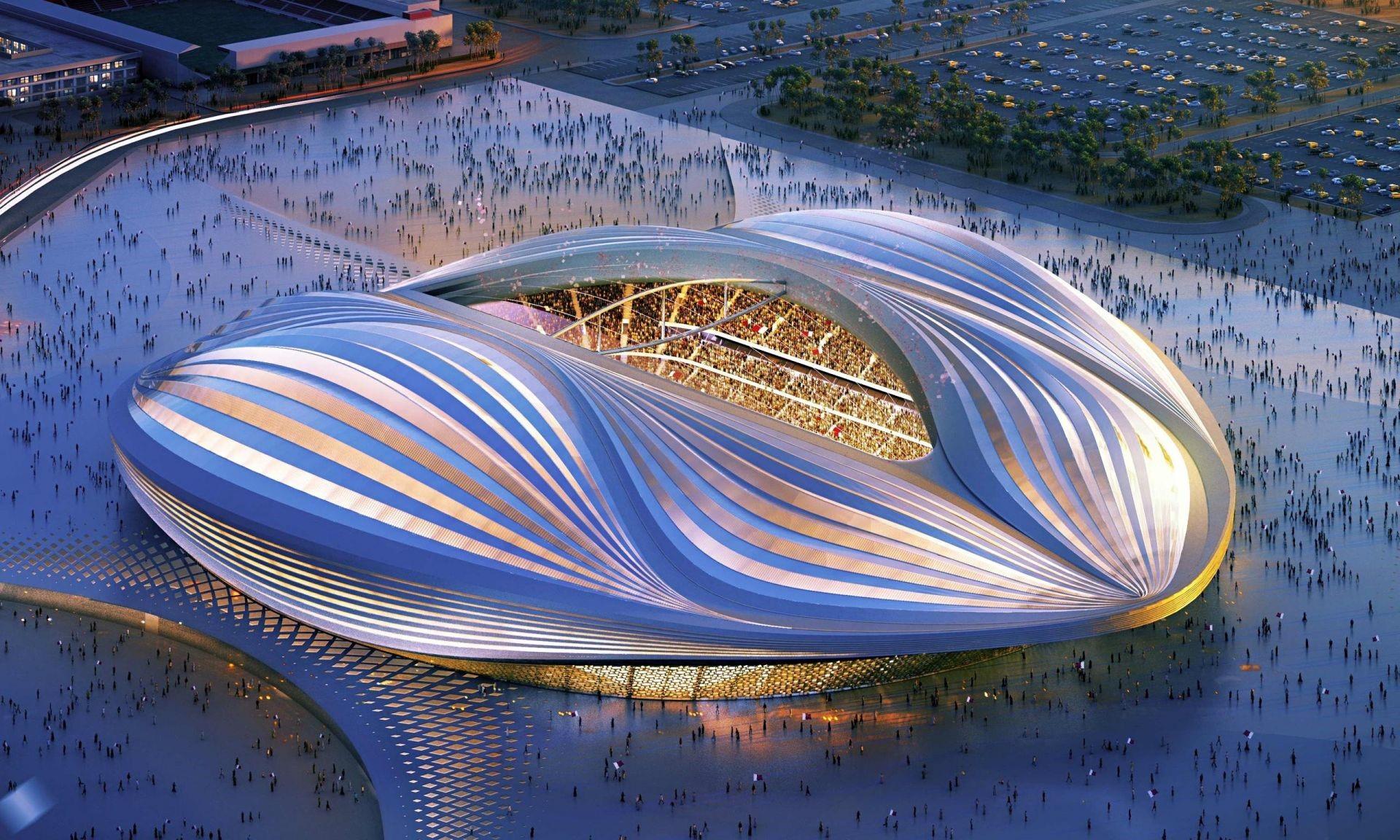

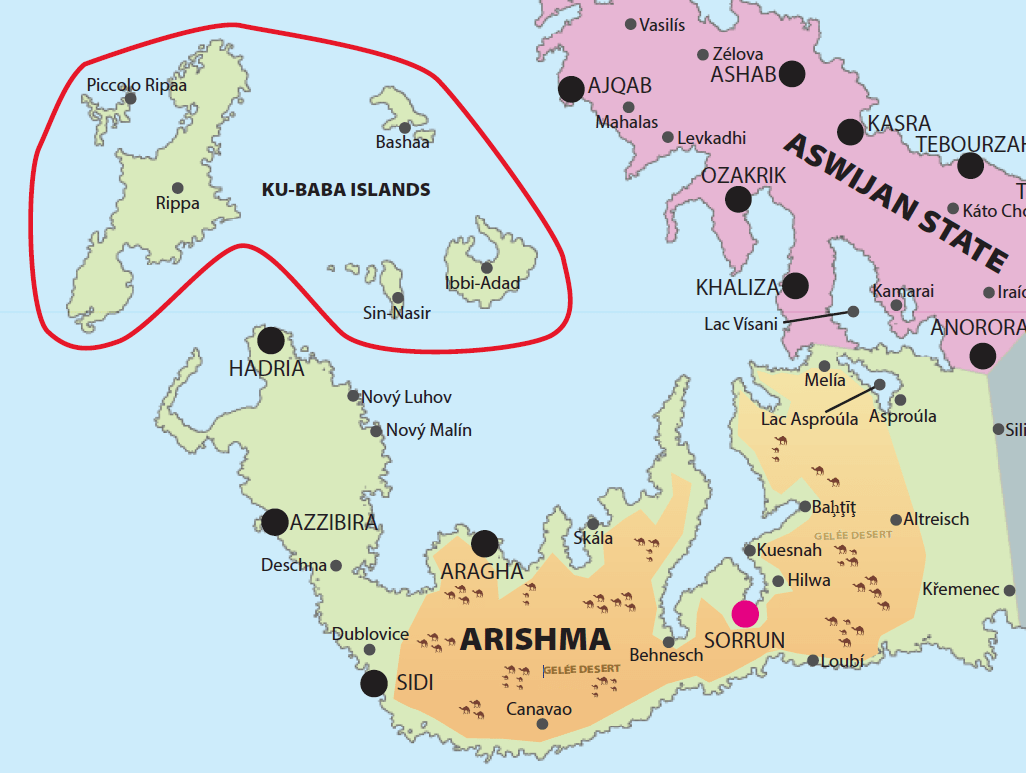
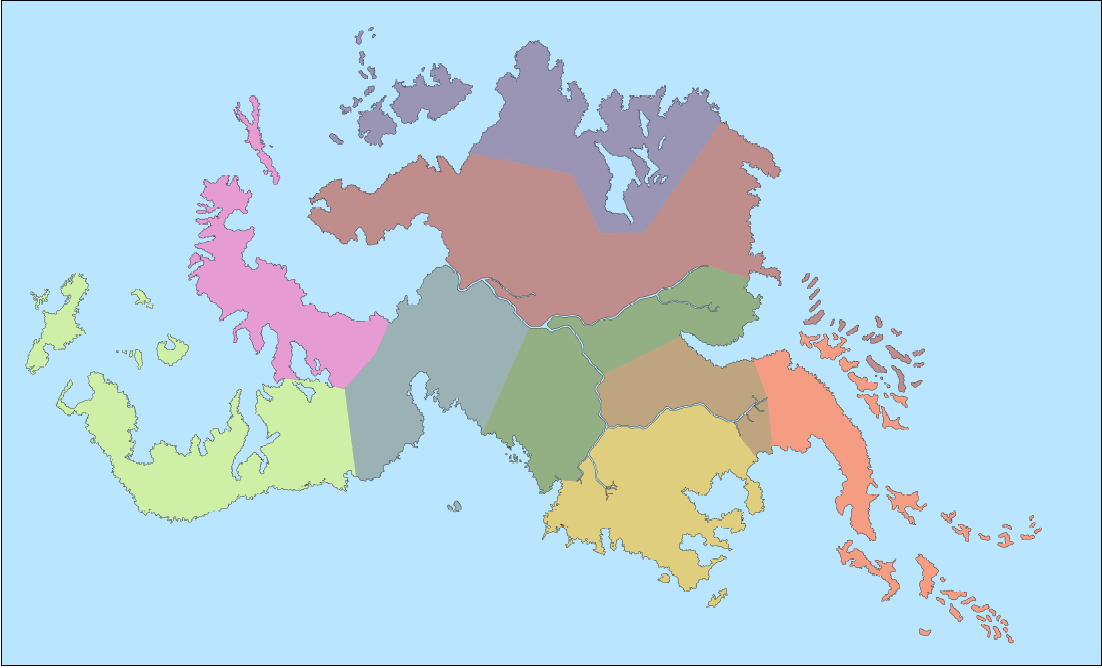
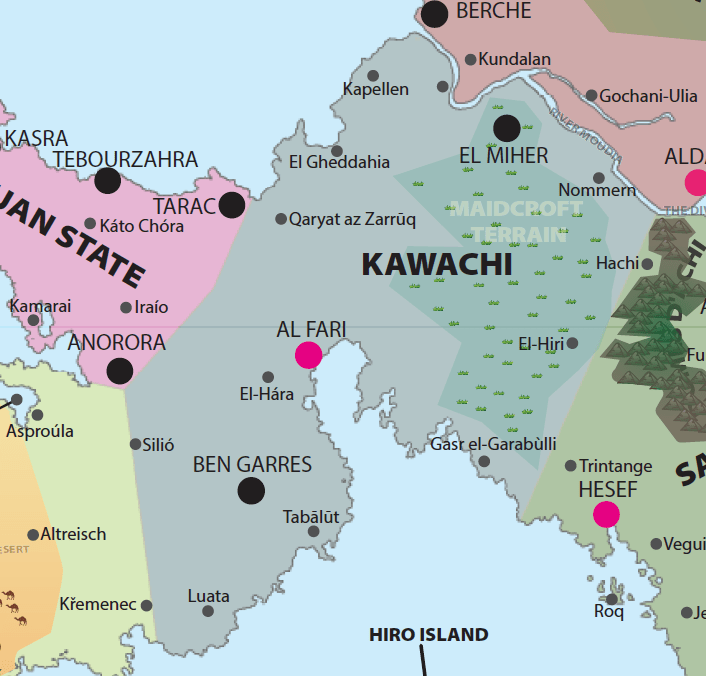

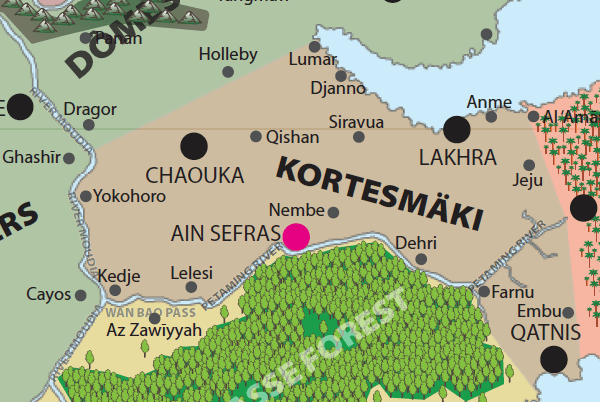

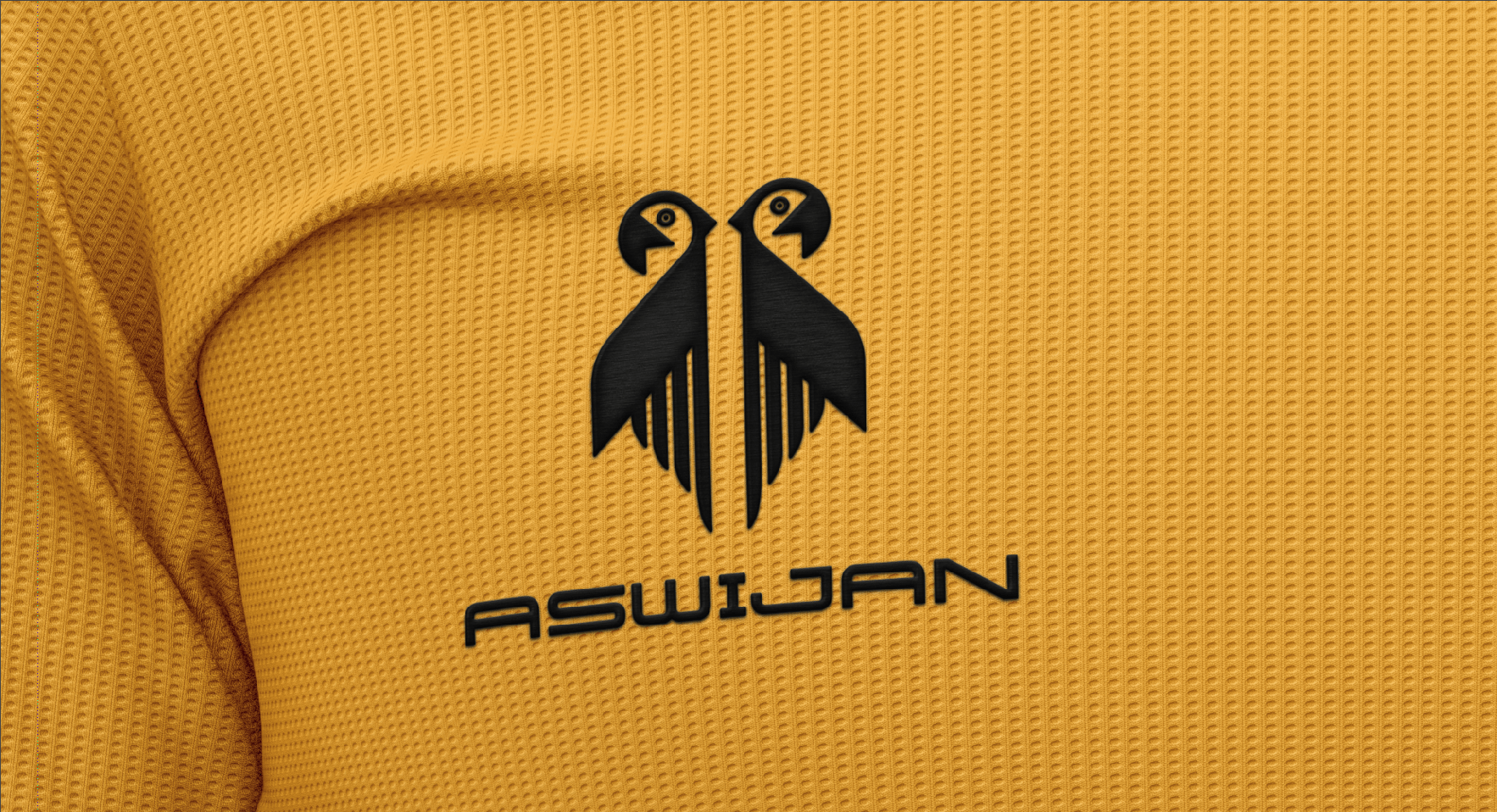
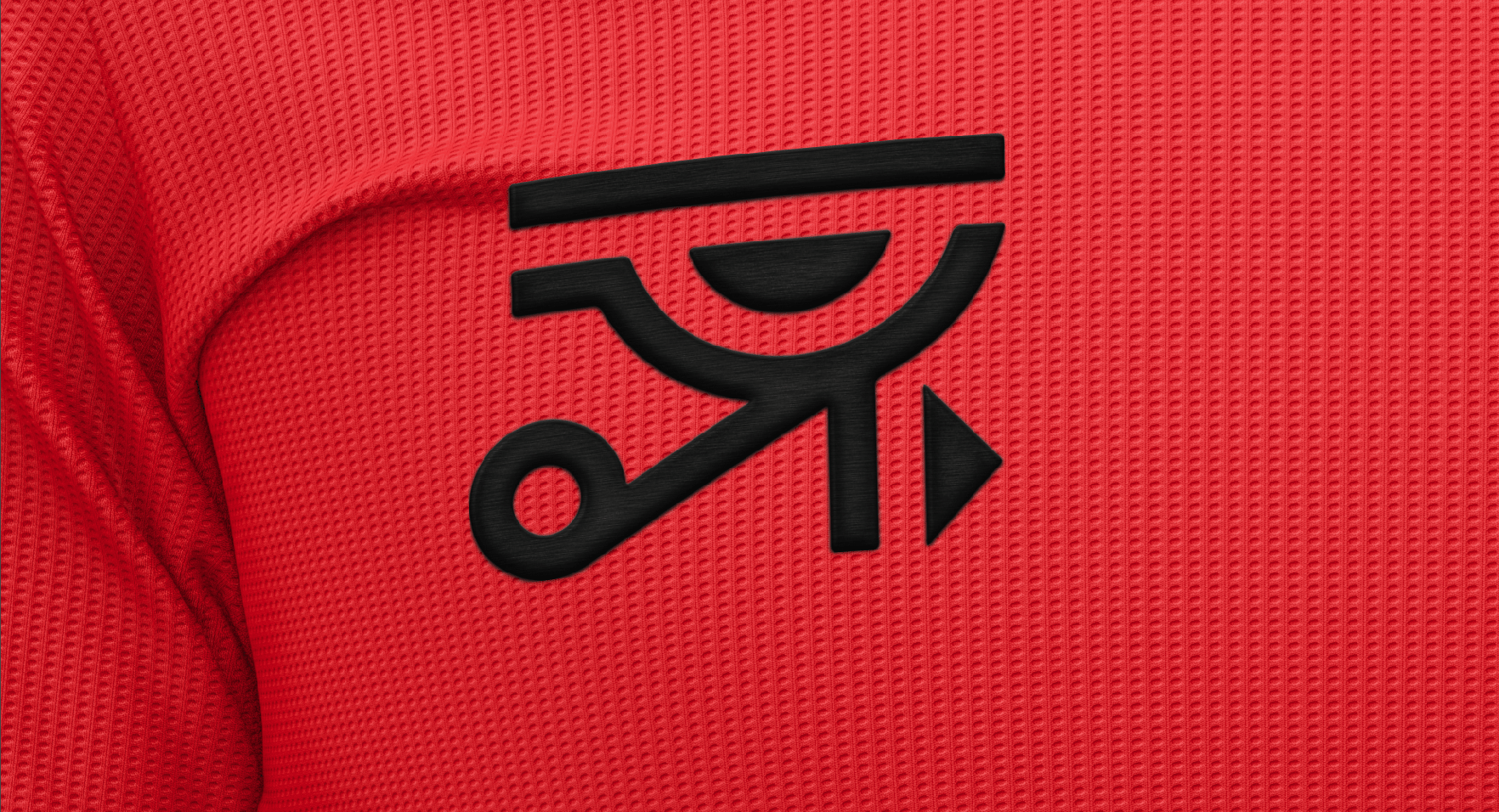



5 thoughts on “FM20 Welcome to Aswijan – Brand New Country, Whole New Challenge”
Wow
It’s brilliant isn’t it!
Just…INCREDIBLE. Really, Laura, amazing work. You can be very proud of the time and care you’ve invested in this project. One of the greats!